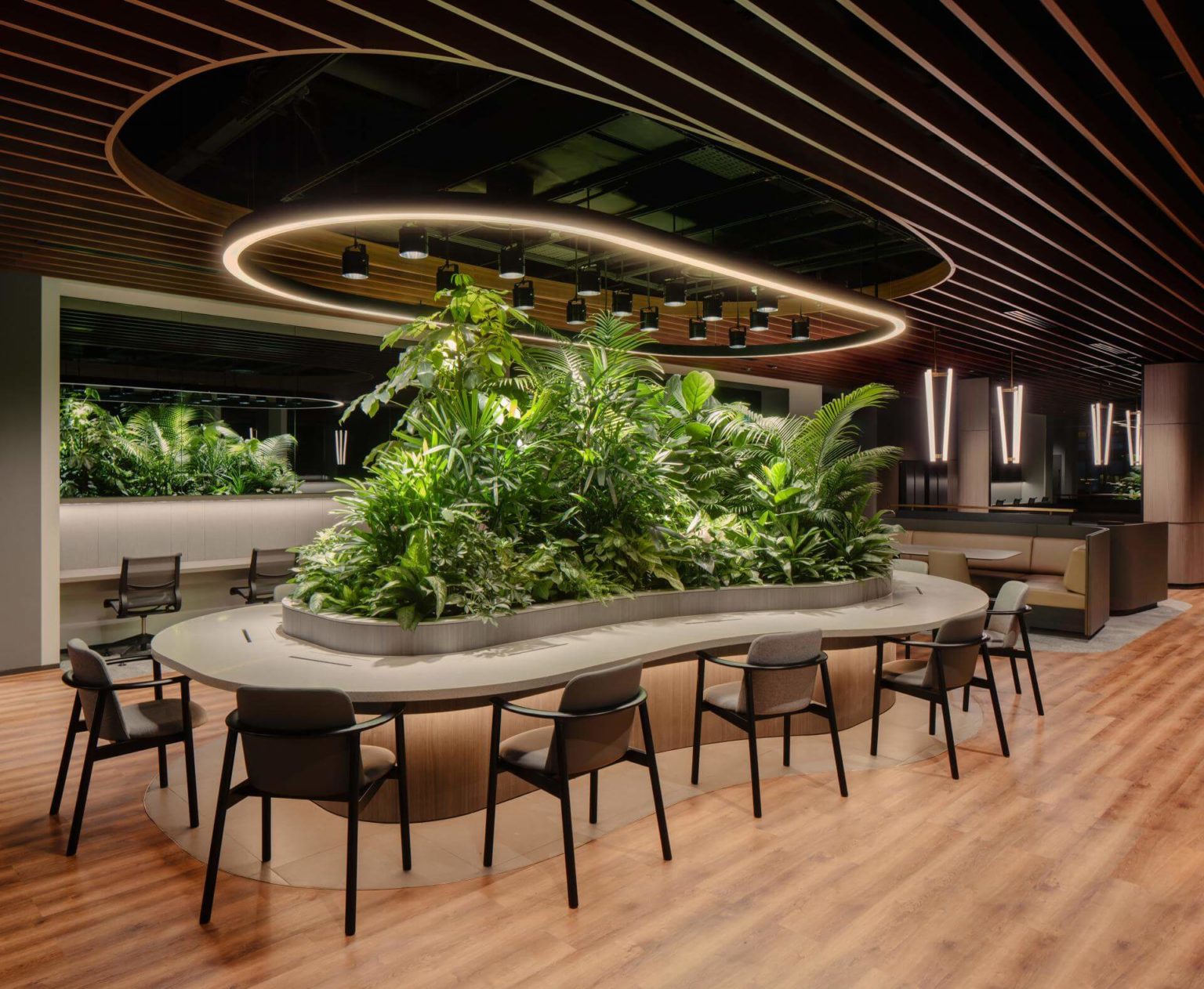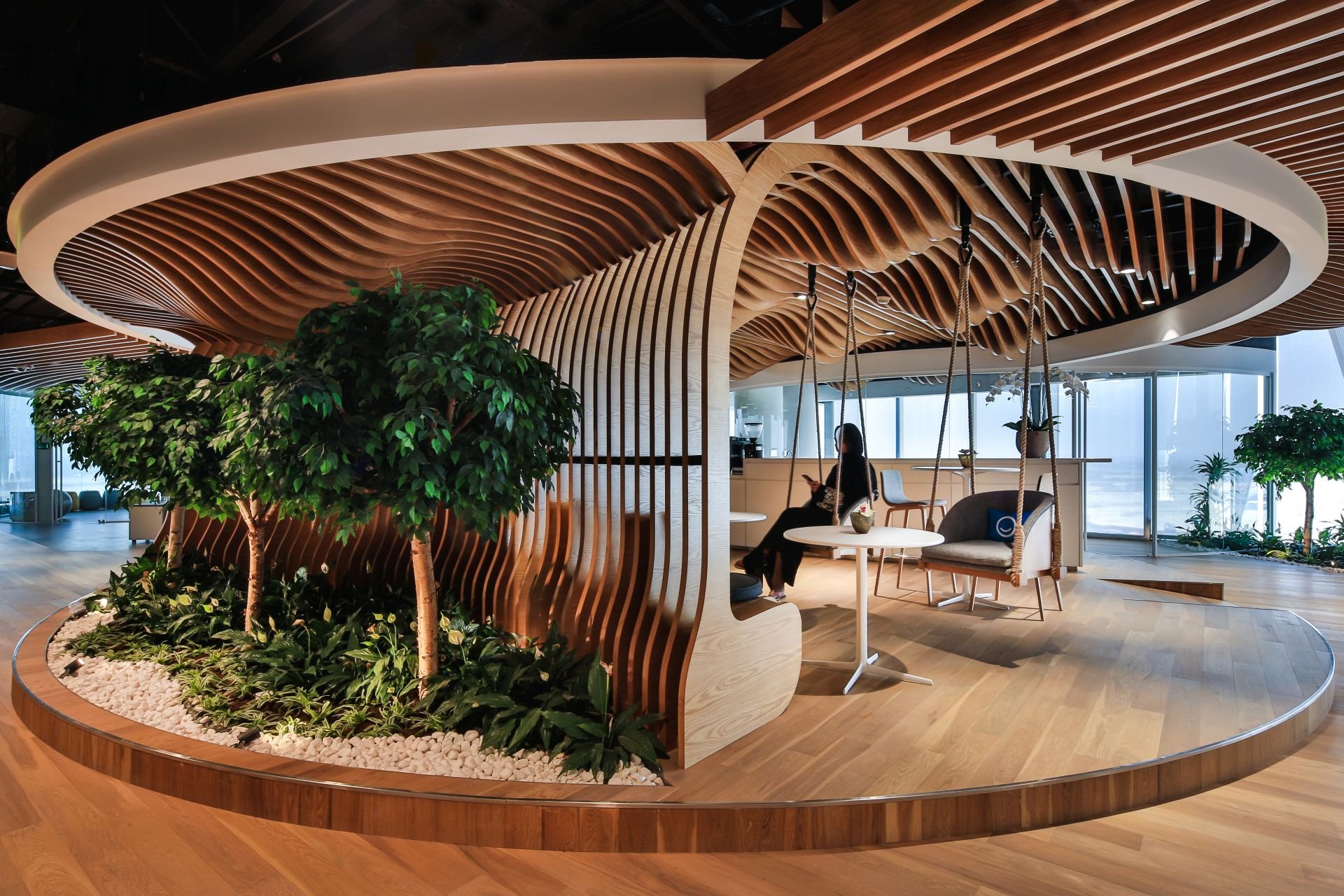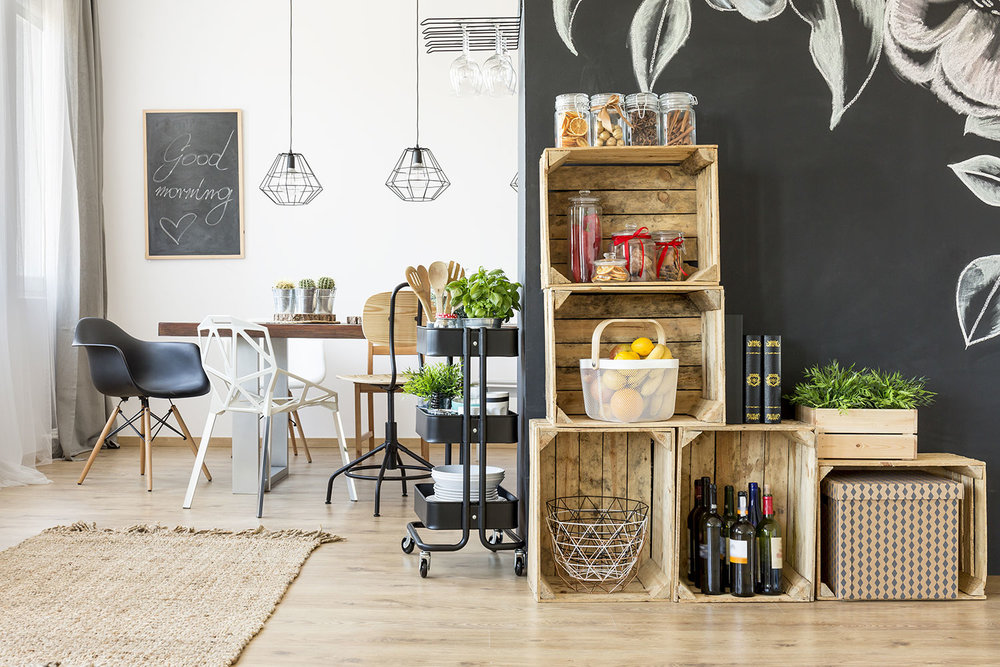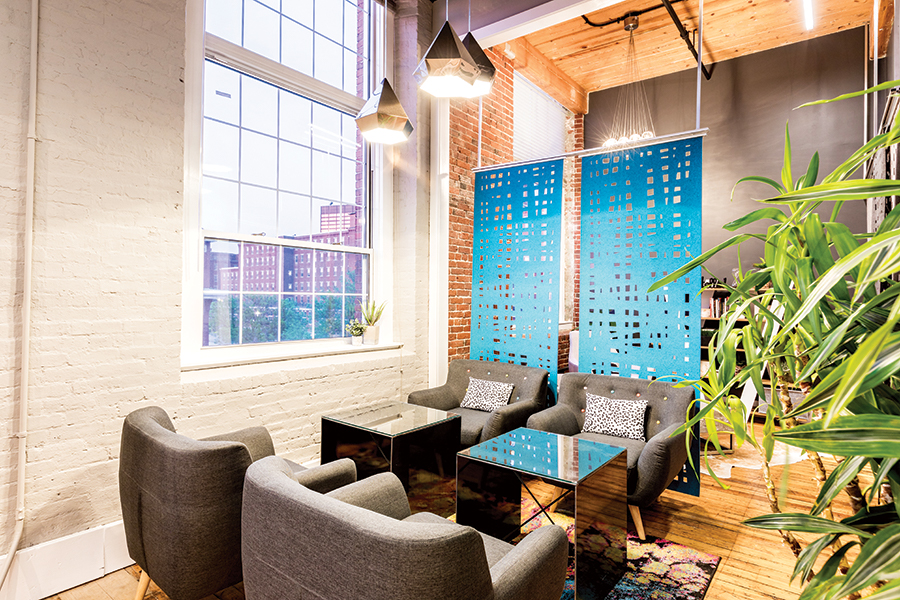Benefits of Biophilic Design

Source sculptform.com.au
Biophilic design is an innovative approach that incorporates natural elements and patterns into the built environment, creating spaces that reconnect us with nature. This design philosophy recognizes the profound impact that nature has on our well-being and aims to recreate that experience within our homes and offices. Here are some of the key benefits of integrating biophilic elements into your design:
1. Improved Mental Well-being
Incorporating biophilic design elements into your home or office can significantly improve your mental well-being. Research has shown that exposure to nature, even in its simulated form, can reduce stress levels, enhance focus, and improve overall mood. By bringing elements such as natural materials, plants, and water features into your space, you can create a peaceful and calming atmosphere that promotes relaxation and productivity.

Source www.caad-design.com
2. Increased Productivity
Biophilic design has been found to have a positive impact on productivity levels. Incorporating natural elements into the workspace can help reduce feelings of fatigue and burnout, leading to increased focus and efficiency. Studies have shown that employees working in environments with biophilic design elements report higher levels of job satisfaction and perform better on cognitive tasks. By incorporating nature-inspired elements such as natural light, views of greenery, and organic textures, you can create an environment that fosters creativity and productivity.

Source www.pinterest.com
3. Health Benefits
Biophilic design has been linked to numerous health benefits, both physical and psychological. Exposure to nature and natural elements has been shown to lower blood pressure, reduce heart rate, and improve immune function. Additionally, incorporating plants into indoor spaces can improve air quality by reducing pollutants and increasing humidity. These elements contribute to a healthier and more comfortable environment, reducing the risk of respiratory issues and promoting overall well-being.

Source www.lovethatdesign.com
4. Sustainability
Biophilic design aligns with sustainability principles by promoting a deeper connection with nature and encouraging the use of eco-friendly materials. By incorporating recycled or renewable materials, such as reclaimed wood or natural fibers, you can reduce your carbon footprint and contribute to a greener future. Furthermore, biophilic design often encourages the use of natural light, reducing the reliance on artificial lighting and energy consumption.
Incorporating biophilic design elements into your home and office can have a profound impact on your well-being, productivity, and overall satisfaction. By embracing nature-inspired elements, you can create spaces that foster a sense of harmony and tranquility, promoting a healthier and more connected lifestyle. So why not bring a touch of nature into your surroundings and experience the benefits of biophilic design for yourself?
Choosing Natural Materials

Source www.thewowstyle.com
When it comes to incorporating nature into your home and office design, one of the key elements to consider is the use of natural materials. Opting for materials like wood, stone, and bamboo in your space can bring a sense of warmth and authenticity while promoting a strong connection with the outdoors.
Wood is a versatile material that adds a natural and organic feel to any space. Whether it’s hardwood floors, wooden furniture, or even wooden accents, incorporating wood elements can create a sense of harmony with nature. Its warm tones and unique grain patterns can evoke a feeling of calmness and tranquility, making it an excellent choice for creating a biophilic environment.
Stone is another natural material that adds a touch of elegance and earthiness to your space. Whether it’s marble, granite, or even exposed brick, incorporating stone elements can create a sense of groundedness and stability. Its cool texture and natural patterns add visual interest and create a connection to the natural world. Consider using stone for countertops, accent walls, or even as flooring options to create a biophilic design.
Bamboo is a sustainable and eco-friendly material that has gained popularity in recent years. It’s a fast-growing grass that can be harvested and regrown, making it an excellent choice for those looking to incorporate natural elements into their space while being mindful of the environment. Bamboo can be used for furniture, flooring, and even as planters. Its light tones and unique texture can add a touch of natural beauty to any room.
When choosing natural materials, it’s important to consider their durability and maintenance requirements. Some materials, like hardwood floors, may require regular maintenance and care, while others, like stone, may be more resistant to wear and tear. Consider your lifestyle, budget, and the specific needs of your space when selecting natural materials for your biophilic design.
Incorporating natural materials into your home and office design can transform your space into a soothing oasis that promotes a stronger connection with nature. From wood and stone to bamboo, these materials bring a sense of warmth, authenticity, and sustainability to your environment. Embrace the beauty of the outdoors by incorporating natural elements and create a biophilic design that nurtures both your well-being and the environment.
Integrating Plants and Greenery

Source www.eclectictrends.com
One of the most effective ways to incorporate nature into your home and office design is by integrating plants and greenery. Adding plants not only improves air quality but also provides a calming and refreshing atmosphere, contributing to increased productivity and reduced stress levels.
There are numerous ways to incorporate plants into your space. One popular option is to create a vertical garden or living wall. This involves attaching plants to a vertical surface, such as a wall or room divider, using specialized planters or containers. Vertical gardens not only add a touch of nature to your space but also serve as natural air filters, removing pollutants and enhancing the overall indoor air quality.
If you have limited space or prefer a simpler approach, you can opt for potted plants placed strategically throughout your home or office. Choose plants that thrive indoors and require minimal maintenance, such as snake plants, pothos, or peace lilies. These plants are known for their ability to purify the air and can survive in various lighting conditions.
Consider adding plants to different areas of your space, including desks, windowsills, and empty corners. This allows nature to be present in every corner of the room, creating a harmonious and natural ambiance.
Additionally, incorporating greenery through nature-inspired artwork or wallpaper can also be a great way to bring the outdoors inside. Choose paintings or prints that feature landscapes, forests, or botanical elements to create a sense of tranquility and connection to nature.
Remember to choose plants and greenery that are suitable for your specific space and lifestyle. Consider factors such as lighting conditions, temperature, and the amount of maintenance you are willing to commit to. Taking care of plants can be a fulfilling and therapeutic activity, but it is important to choose ones that align with your preferences and capabilities.
By integrating plants and greenery into your home and office design, you can create a space that not only looks aesthetically pleasing but also promotes a healthy and balanced environment. The presence of nature indoors has been proven to enhance overall well-being and productivity, making it a worthwhile investment for any space.
Maximizing Natural Light

Source www.rbaofli.com
One key element in incorporating nature into your home or office design is maximizing natural light. Allowing ample natural light into your space not only reduces reliance on artificial lighting but also creates a brighter, more inviting environment that can positively impact mood and overall well-being.
Here are a few ways you can maximize natural light in your space:
1. Choose the right window treatments: Opt for sheer or light-colored curtains that allow sunlight to pass through while still providing some privacy. Avoid heavy drapes that block out light completely.
2. Use reflective surfaces: Incorporate mirrors or other reflective surfaces strategically to bounce light around the room and make it feel brighter.
3. Keep windows clean: Regularly clean your windows to remove dirt and grime that can obstruct the passage of light. Clear windows allow maximum natural light to enter your space.
4. Trim outdoor vegetation: If there are trees or plants outside your windows that are blocking sunlight, consider trimming them to allow more light to enter your space. However, be mindful of preserving the natural beauty of your outdoor surroundings.
5. Utilize light-colored paint: Opt for light-colored paint on your walls and ceilings as it helps to reflect light and make the space feel brighter. Avoid dark or bold colors that can absorb light and make the room feel smaller.
6. Open up the space: Remove any barriers or obstructions that block the flow of natural light. Consider removing unnecessary walls or replacing solid doors with glass doors to allow light to pass through more freely.
7. Position furniture strategically: Arrange your furniture in a way that doesn’t obstruct natural light from reaching the main areas of your space. Keep larger pieces of furniture away from windows or use transparent or light-colored furniture to minimize any light blockage.
8. Add skylights: If possible, consider installing skylights in areas where natural light is limited, such as windowless rooms or areas with limited access to sunlight. Skylights can bring in an abundance of natural light and create a brighter and airier atmosphere.
By maximizing natural light in your home or office, you can create a space that feels connected to nature and promotes a sense of well-being. Incorporating these strategies will not only enhance the visual appeal of your space but also provide numerous benefits for your overall physical and mental health. So, go ahead and let the natural light in!
Creating Nature-Inspired Spaces

Source www.bostonmagazine.com
Designating areas such as a reading nook with a nature view or an indoor garden can further promote relaxation and connection to the natural world, enhancing the overall beauty and functionality of your home or office.
When designing your home or office, incorporating elements inspired by nature can create a calming and aesthetically pleasing environment. By bringing nature indoors, you can experience the benefits of biophilic design, which promotes a sense of well-being and connection to the natural world.
One way to incorporate nature into your interior design is by creating designated nature-inspired spaces. These spaces can serve as retreats where you can relax, read, or meditate while immersing yourself in the beauty of nature.
A reading nook with a nature view is a perfect example of a nature-inspired space. If you have a window with a view of a garden or trees outside, position a comfortable chair or a cozy bench near the window. Add some cushions, throws, and a small side table for books and beverages. This reading nook allows you to enjoy the natural landscape outside while indulging in your favorite books or simply enjoying a moment of peace and tranquility.
Another way to incorporate nature into your interior design is by creating an indoor garden. This could be a small corner with potted plants or herbs, or even a vertical garden on a wall. The presence of live plants not only adds a touch of greenery to your space but also improves air quality and provides a calming effect.
Incorporating natural materials into your home or office design is also a great way to create nature-inspired spaces. Choose furniture made from wood or bamboo, as these materials evoke a sense of nature and warmth. Use natural textures like sisal or jute rugs, woven baskets, or stone accents to add depth and visual interest. These elements bring the outdoors inside and create a harmonious connection between your indoor space and the natural world.
Lighting is another important consideration when designing nature-inspired spaces. Natural light is not only beneficial for your overall well-being but also highlights the beauty of natural elements. Ensure that your designated nature-inspired spaces have ample natural light by positioning them near windows or using translucent curtains or blinds that allow sunlight to filter through. Additionally, incorporate soft, warm lighting fixtures that mimic the gentle glow of sunlight to create a cozy and inviting ambiance.
Lastly, don’t forget to accessorize your nature-inspired spaces with natural objets d’art or décor. This could include seashells, driftwood, rocks, or even artwork depicting nature scenes. These small touches further enhance the connection to nature and add visual interest to your space.
By incorporating nature-inspired spaces into your home or office design, you can create a harmonious environment that promotes relaxation, productivity, and overall well-being. These spaces serve as reminders of the beauty and tranquility of the natural world, allowing you to reconnect with nature even while indoors.